Photosynthesis Explained for Kids: The Fascinating Way Plants Make Food
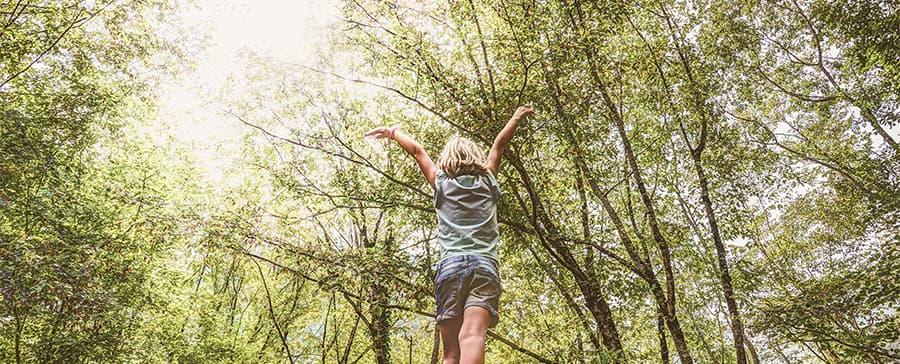
Have you ever wondered why leaves are green? Or why plants don’t seem to eat the way we do? The answer lies in a fascinating process called photosynthesis. This isn’t just any ordinary process; it’s a vital part of how plants make their food and give us fresh air to breathe. Imagine a world where each leaf is a tiny, green kitchen, cooking up something special using just sunlight, water, and air. In this article, we will dive into different aspects of how plants make their own food.
Photosynthesis is a perfect topic for elementary kids who are in what Montessori refers to as their “second plane of development.” At this stage, children are naturally equipped to imagine, think abstractly, and are ready to explore the fascinating ways in which plants convert sunlight into energy. Join us as we uncover the secrets of how plants live and grow, making the world a greener, healthier place for everyone.
Key Takeaways
- Photosynthesis Fundamentals: Photosynthesis is the process by which plants make their own food using sunlight, water, and carbon dioxide.
- The Role of Chlorophyll: Chlorophyll is a green pigment in leaves that captures sunlight, which is essential for the photosynthesis process.
- Components of Photosynthesis: Key parts of the plant like chloroplasts, stomatal pores, xylem, and phloem play vital roles in this process.
- Photosynthesis and Oxygen: Photosynthesis not only feeds the plant but also produces oxygen, which is crucial for all air-breathing life.
- Respiration in Plants: Plants use glucose produced from photosynthesis to power cellular respiration, which is vital for their growth and repair.
- Historical Discovery: The understanding of photosynthesis has evolved over centuries through scientific exploration and experiments.
- Learning and Exploration: The Leaf Food Factory lesson offers an interactive experiment and tools (including a photosynthesis diagram) for deeper learning.
The Science Behind the Green: Simplifying Photosynthesis
Photosynthesis is a simple and amazing process that happens in the leaves of plants. Let’s break it down in a way that’s easy to understand and explain to elementary kids.
At its core, photosynthesis is how plants make their own food. Unlike us, they don’t need to go to the grocery store or cook meals. They have everything they need right where they are. The main ingredients for photosynthesis are sunlight, water, and carbon dioxide.
Here’s how it works: Leaves act like mini solar panels. They capture sunlight, which is full of energy. This energy is then used to transform water, absorbed by the plant’s roots from the soil, and carbon dioxide, taken from the air, into glucose. Glucose is a kind of sugar that plants use as food to grow and stay healthy.
But that’s not all. During this process, plants also produce oxygen, which is released into the air. This oxygen is what we breathe, making plants essential not just for their own survival, but for ours too!
So, the next time you look at a green leaf, remember it’s not just a part of the plant. It’s a tiny factory where the magic of photosynthesis happens, helping to keep both the plant and our planet alive and well.
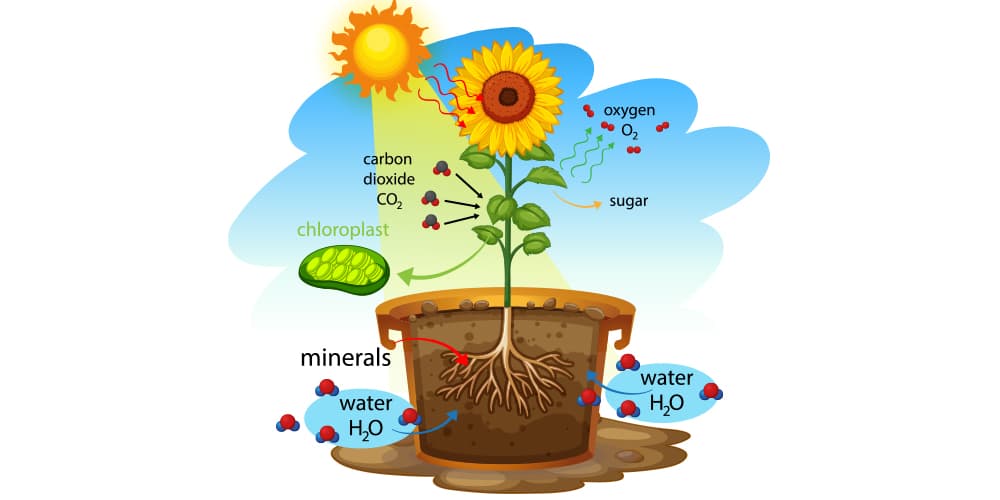
Inside a Leaf: The Tiny Parts Making Big Differences in Photosynthesis
Photosynthesis is not just about green leaves and sunlight; it involves a whole team of tiny parts inside a plant, each playing a crucial role. Let’s explore these parts and understand how they work together in the process of photosynthesis.
Chlorophyll: The Sunlight Catcher
Chlorophyll is the green pigment that gives plants their characteristic color. They capture sunlight, which is vital for photosynthesis. What’s interesting is that chlorophyll mostly absorbs light in the blue and red parts of the spectrum, which is why it looks green to our eyes.
This absorption of light is crucial for the plant to get the energy it needs from the sun. Found in structures called chloroplasts, chlorophyll turns sunlight into energy.

Chloroplasts: The Photosynthesis Factories
Chloroplasts are tiny structures in plant cells, acting as the main site where photosynthesis happens. They use the energy from chlorophyll to transform water and carbon dioxide into oxygen and glucose. Think of them as the machines in the leaf food factory producing food for the plant.
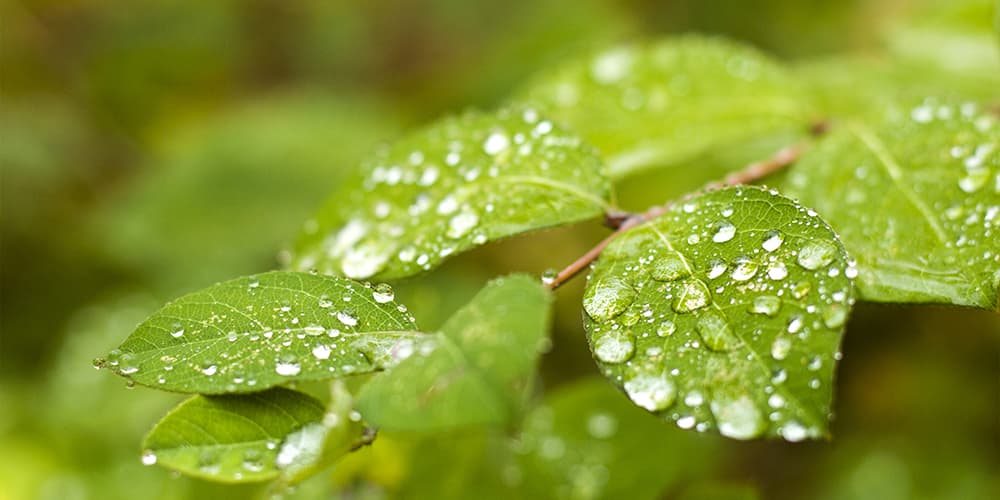
Stomatal Pores: The Gatekeepers
Stomatal pores are small openings, usually on the underside of leaves. They act like little gates, allowing carbon dioxide to enter and oxygen to exit. These pores are essential for providing the raw materials needed for photosynthesis.

Xylem: The Water Carrier
Xylem is a type of tissue in plants that transports water from the roots to the leaves. This water is a key ingredient in the photosynthesis recipe, used in chloroplasts to create glucose.
Phloem: The Sugar Distributor
Phloem is another tissue in plants, similar to xylem, but with a different job. It transports glucose, the sugar made during photosynthesis, from the leaves to other parts of the plant. This sugar is the plant’s food that it uses for energy and growth.
All these parts work in harmony. Chlorophyll in the chloroplasts captures sunlight; stomatal pores let carbon dioxide in; xylem brings up water; chloroplasts use these to create oxygen and glucose; and phloem distributes this glucose throughout the plant. This intricate process is how a plant feeds itself and contributes to the environment, making photosynthesis one of nature’s most remarkable phenomena.
Think of a leaf like a busy little factory. In this factory, chloroplasts are the machines that make food using sunlight. The stomatal pores are like doors that let air in and out. Xylem is like a network of water pipes supplying the factory, and phloem is like a delivery system, taking the food (sugar) to where it’s needed. All these parts work together smoothly, just like in a factory, to keep the plant healthy and growing.
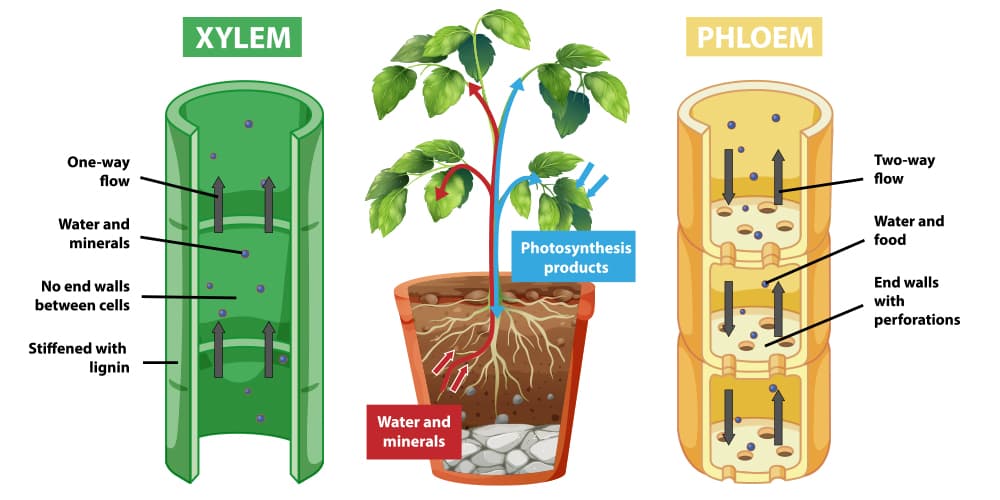
Beyond the Basics of Photosynthesis
While we’ve understood the basics of photosynthesis, there’s more to this remarkable process. Let’s delve deeper and clear up some common misconceptions while adding a few more insights.
You might think of photosynthesis as how plants “eat,” but it’s more accurate to say it’s how they “make their food.” Photosynthesis is the process by which plants create glucose, a type of sugar that stores energy, from sunlight, water, and carbon dioxide. However, the actual “eating” of this stored energy happens through respiration. Respiration is when plants consume the glucose they’ve made during photosynthesis. They break it down to fuel their activities. It’s similar to how we eat food and then use it for our energy.
Photosynthesis happens during the day because it relies on sunlight, but respiration can happen around the clock. During respiration, plants take the glucose they stored during the day and combine it with oxygen to produce energy. This ensures that the plant has a constant supply of energy, even when the sun isn’t shining.
Now, let’s revisit the main components of photosynthesis. Photosynthesis starts with water and carbon dioxide. Plants take up water from their roots and carbon dioxide from the air through tiny openings called stomata. With the sun’s energy, they turn the water and carbon dioxide into glucose, which is plant food, and oxygen, which is essential for life on Earth.
Understanding these aspects of plant life helps us appreciate how plants sustain not just themselves but also the environment around them. They’re active participants in the ecological cycle, playing a critical role in maintaining the balance of life.

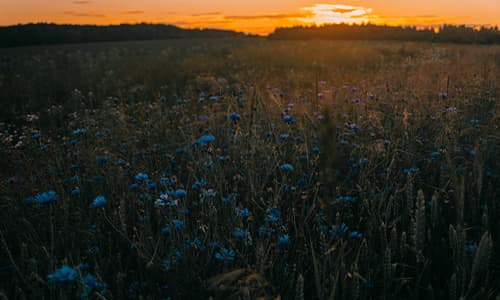
The Bigger Picture: Photosynthesis and Our World
Photosynthesis does more than just feed plants; it’s a key player in the Earth’s ecosystem. By producing oxygen and reducing carbon dioxide in the atmosphere, photosynthesis helps maintain the air quality that all living creatures need.
It’s also the foundation of the food chain – the energy that plants get from the sun is passed on when animals (including humans!) eat plants. It even plays a role in regulating Earth’s climate. Understanding photosynthesis gives us insight into how nature works together to create the world we live in.
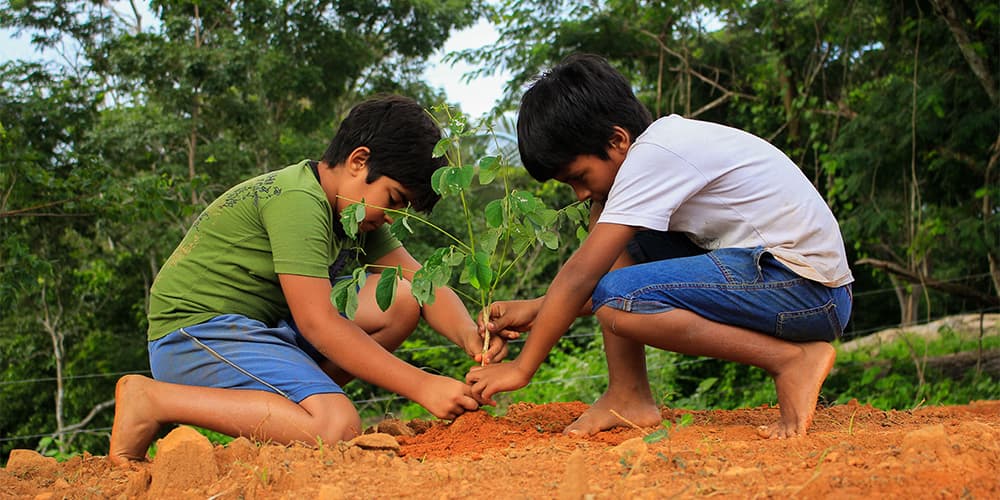
Journey of Discovery: Unraveling the Secrets of Photosynthesis
Photosynthesis is not a process we have always understood. It took centuries of curious minds and scientific exploration to fully grasp how plants convert sunlight into energy.
The story of discovering photosynthesis began long ago with observations and experiments. Ancient philosophers first noted that plants were fundamentally different from animals in how they obtain food. However, it wasn’t until the 17th century that scientists began conducting experiments to understand these differences more deeply.
One of the key figures in this journey was a British scientist named Joseph Priestley. Priestley’s work laid the foundation for understanding the role of air in plant growth. In the 1770s, he conducted a series of experiments that revealed that plants produce a substance necessary for animal life. We now know that substance is oxygen.
Then, in the 19th century, a Swiss botanist, Nicolas-Théodore de Saussure, contributed further by quantifying the intake of carbon dioxide and water by plants, linking these to the production of glucose and oxygen. His work helped to establish the basic chemical formula of photosynthesis.
Fast forward to the 20th century, where advances in technology allowed scientists to delve deeper into the cellular and molecular mechanics of photosynthesis. Through these discoveries, we’ve learned not just how plants grow, but also how they impact our environment and support life on Earth.
This journey of discovery is a testament to human curiosity and the pursuit of knowledge. It shows us that understanding something as natural as photosynthesis can open doors to new insights and appreciation of the world around us.
Growing Knowledge: The Adventure of Photosynthesis Continues
As we’ve journeyed through the green world of photosynthesis, from the vibrant chlorophyll to the intricate workings of chloroplasts, we’ve uncovered the remarkable processes that sustain plant life and, by extension, our own. This exploration reveals not only the wonders of nature but also the importance of understanding and appreciating these natural phenomena.
Photosynthesis is more than just a scientific process; it’s a testament to the interconnectivity of life on Earth. Every green leaf you see is a small yet significant part of a larger, life-sustaining cycle. It’s a story of harmony and balance, where sunlight, water, and carbon dioxide come together to create the oxygen we breathe and the food that plants need to grow.
For those eager to delve deeper and for young minds brimming with curiosity, Montessori Laboratory’s “Leaf Food Factory” lesson offers a unique opportunity to explore the world of photosynthesis further. The course features interactive experiments, like the simple yet enlightening activity of extracting chlorophyll. It also includes comprehensive learning tools, including a detailed “photosynthesis diagram” that helps visualize and understand the process more clearly. This hands-on approach, combined with engaging visual aids, provides a richer, more interactive learning experience.
Whether you’re a parent looking to ignite a spark of scientific curiosity in your child or an educator seeking effective teaching tools, this lesson on photosynthesis is the resource for you. It’s not just about learning facts; it’s about inspiring a lifelong love for learning and an appreciation for the natural world. And it’s part of our selection of free lessons!
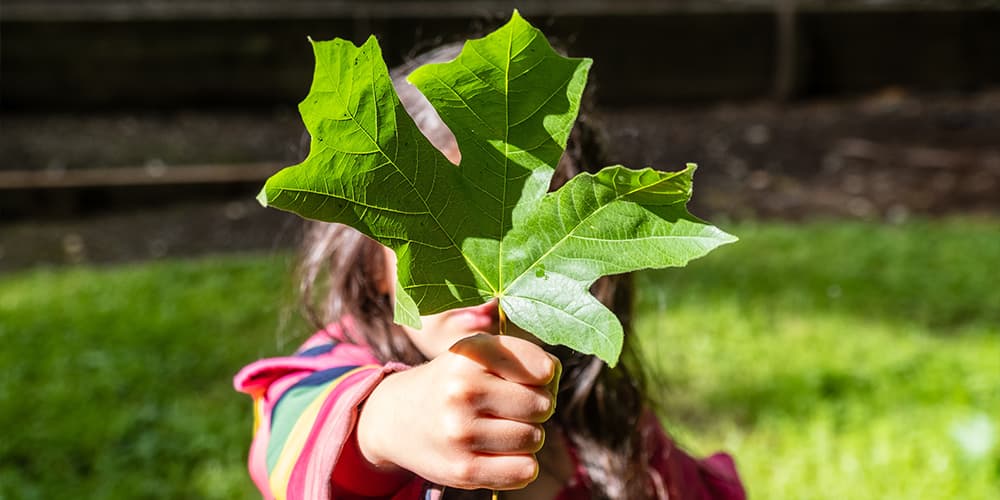
Try Montessori Laboratory’s Hands-on Science Lessons for Free
Are you interested in seeing what Montessori Laboratory’s big-picture lessons, hands-on experiments, and engaging science activities are all about? Check out the free lessons below!
The First Great Lesson
Where did the stars come from? And the Sun? How was our Earth created? And what about the rest of…
Combining and Separating
Why does sand settle to the bottom of the ocean, but salt mixes in? How do people get sea salt out…
How Did Humans Discover Fire?
When did we start using fire? What 3 components does fire need to burn?
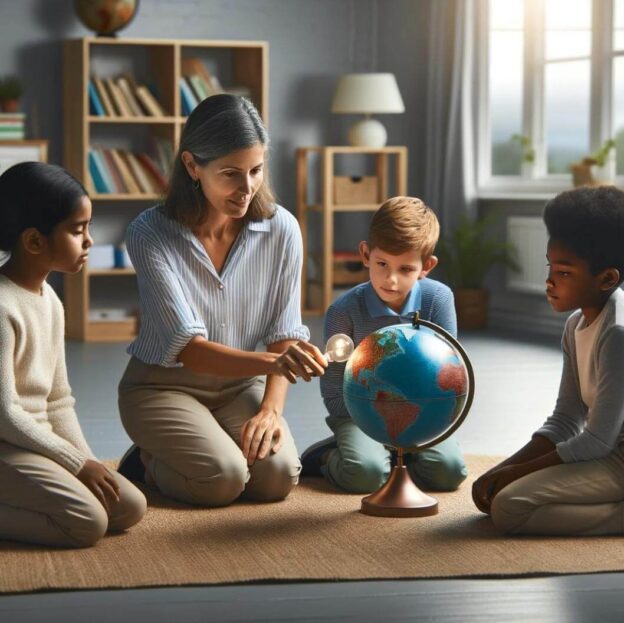


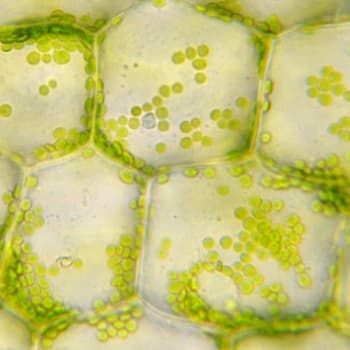

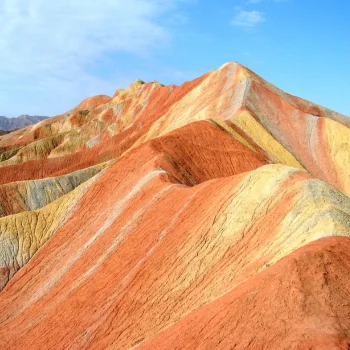
Responses